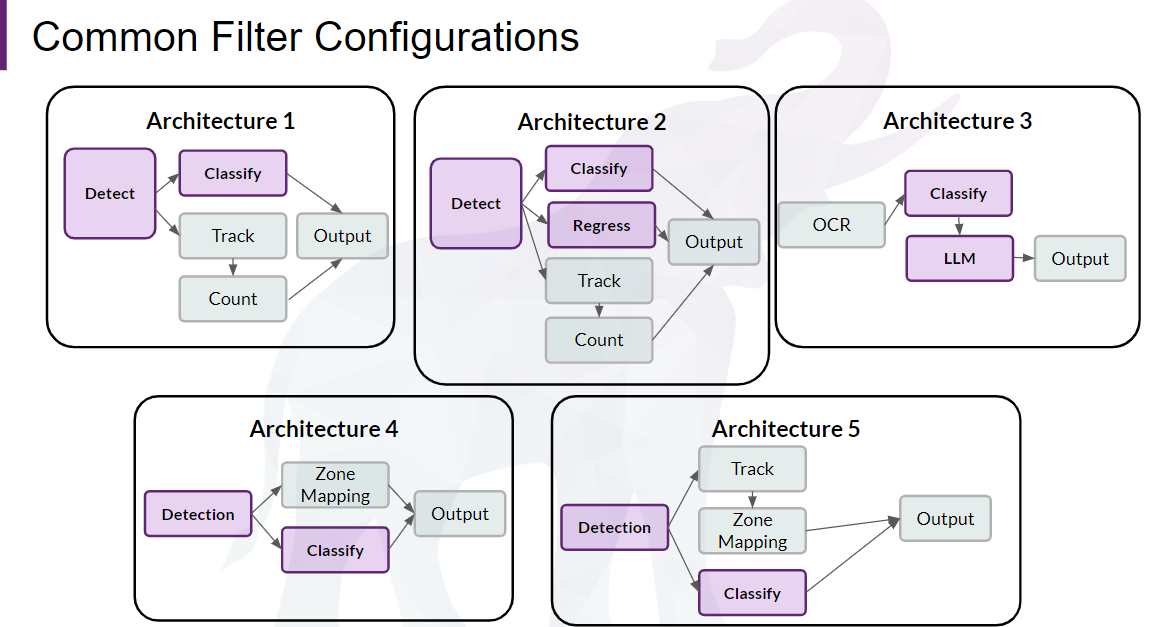Maintaining a great product and customer experience is crucial in today’s competitive AI landscape. We’ve created a rigorous customer benchmarking process to optimize our systems. But what exactly is customer benchmarking, and how does it benefit all of us?
Customer benchmarking is the act of comparing your current performance to your past performance using internal metrics. It’s like looking in the rearview mirror to see how far you’ve come. This means tracking metrics like sales figures, revenue growth, errors, downtime, or productivity levels within our company. By doing this, we can chart our progress over time, pinpoint areas for improvement, and set ambitious targets for future growth. Internal benchmarking gives us a clear picture of our strengths and weaknesses, helping us make smart decisions to drive ongoing improvement.

Due to customer privacy, the image above is for demonstration purposes only.
Accuracy is key when it comes to evaluating the performance of the models and an overall Filter. We use a benchmark test set that our model doesn’t train on, specifically reserved for testing its performance on images. However, we take a more hands-on approach for customers using Filters in video-based applications like livestock tracking. We manually count objects and compare them to the counts generated by our Filter to ensure accuracy. This process is always up-to-date with new model training or deployment locations, ensuring we stay on the cutting edge.
But it’s not just about precision; we also prioritize metrics like the accuracy of detections and reliability uptime to gauge customer satisfaction. Maintaining optimal performance on edge hardware is crucial, too, ensuring consistent frame rates that keep our customers happy.
And when challenges arise, like system overload or slowdowns, we’re ready to tackle them head-on. Our team conducts thorough investigations and remains flexible with our model architecture. We can switch to models with lower compute requirements and continuously optimize video processing to overcome performance hurdles if needed.
But perhaps the most significant advantage of our customer benchmarking process is its flexibility. Every use case is unique, presenting its challenges and requirements. For example, we tailor our benchmarks accordingly in scenarios like chicken counting, where precision is paramount. We compare manual counts with those generated by our Filter, leaving no stone unturned to ensure accuracy. And we’re constantly monitoring frame rates, recognizing their critical role in maintaining optimal performance.
Through transparent communication and continuous improvement, we keep our benchmarking process running like a well-oiled machine. We work closely with technical and operational stakeholders every step of the way, from pilot testing to full deployment, gathering feedback, and making ongoing improvements.
Looking ahead, we see opportunities to enhance our benchmarking process further. One avenue we’re exploring is the integration of advanced analytics techniques, such as predictive modeling and anomaly detection. These tools could help us anticipate and address potential issues before they impact system performance, allowing us to stay one step ahead of the curve. We’re also committed to enhancing the scalability and flexibility of our benchmarking process to accommodate the evolving needs of our customers. This could involve utilizing cloud-based technologies and distributed computing architectures to support larger-scale operations and efficiently manage fluctuating workloads.
We recognize the importance of staying at the forefront of emerging technologies and industry trends while continuously improving our product and our processes. Our goal is simple: to continue driving excellence, empowering businesses to thrive in today’s dynamic and digital landscape.





